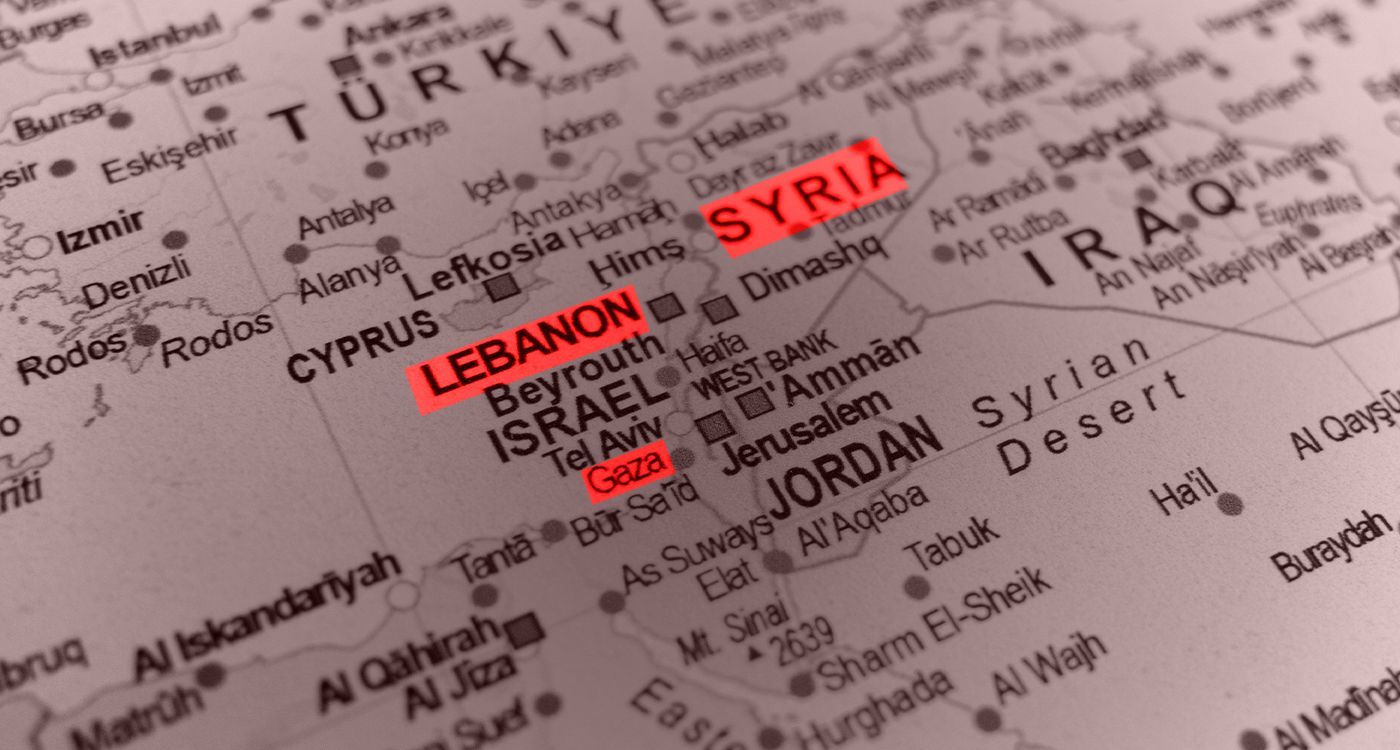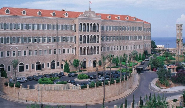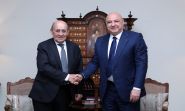
The transitions in Lebanon, Syria and Gaza are still controversial, and their actors are undecided about their outcomes. Observers ask whether the various actors are genuinely interested in the transformative courses and to what extent. The newly set dynamics that have taken place throughout the Near East have not yet been relayed by steadier, pacifying and reformist courses within the respective political entities. A cursory review of the enumerated cases unveils the nature of the political obstacles that are preventing the new dynamics from taking hold. The transformative military and political dynamics initiated by Israel and their unintended consequences are major variables to reckon with while searching for sustainable solutions in these different environments.
Multiple accounts help us make sense of the rising obstacles and the way we should go about dealing with them. The common pattern between the three cases is their pliability to Iranian power politics and their nemeses. Iranian power politics are by definition subversive, imperial-prone regionally and repressive inside Iran. The transformation process lies at the crossroads between normalization and democratization at both ends. These two indicators are to be monitored and gauged all along the unfolding events.
Lebanon’s latest political evolutions were quite portentous after the presidential election and the nomination of the prime minister, who is supposed to form the new cabinet and engage in a breakaway course that puts an end to the shackles that have hindered stabilization and the urgently needed reformist courses. The political obstructionism displayed by Shiite fascism betrays political irredentism, unwillingness to renounce domination politics and re-engagement in the civic and political conversations that prepare the country for alternative political courses.
The political demeanor and its violent intonations are ominous and extremely hazardous at both the domestic and regional levels. Its psychotic blinders and unrealistic political and military projections illustrate dramatically the inability of this communal group to reckon with the hard facts of a sounding military defeat, the end of an era of political, social and economic delinquency, and disinclination towards negotiated political and security solutions.
The sabotaging tactics and the moral depravity displayed through the politics of human shields, intentional victimization and irrelevant political extremism bode ill for the immediate future. The reluctance of the incoming executive to diligently engage the new dynamic is unlikely to set a steady and cumulative course that cements the sense of national community bound by common values and determined to oversee a working transition. The politics of Shiite fascism are inimical to democratization and definitely geared towards regional destabilization and a deliberate invitation to civil war. The prospects of civil peace and reforms mandate a different narrative if we were to embark on a real transition.
The appointment of Ahmad al-Sharaa as the temporary president of the Syrian Republic by the federated Islamist formations is somewhat puzzling since nomination cannot equate with election, and representativeness is still controversial as long as the Syrian national community is not consulted. Nonetheless, the downfall of the Assad regime, the smooth transition that occurred despite its lapses and their degree of gravity, the declaration of intentions, the flaunted international openness, the incremental liberalization (cultural, religious, political and economic), the readiness to engage in multilateral reforms and the distancing from the conventional anti-Israeli script are quite reassuring regarding the future political orientations.
It is paradoxically laying the groundwork for Islamic deradicalization, undermining the credentials of the Islamist worldviews and challenging the scope of Islamic imperialism. The practical achievements of the new regime are going to be tested and submitted to scrutiny if the regime were to be rehabilitated and join back the international community. The stated objectives related to constitutional governance, inclusiveness, economic and social reforms, the return of Syrian refugees, the demilitarization of the military formations and the normalization of the international stature away from radical Islam. Otherwise, the tackling of minority issues and its ancillary institutional architecture is paramount while reconstructing Syrian statehood.
The truce in Gaza, aside from its operational intricacies, puts at stake not only the future of the district but also the prospects of peacemaking and the likelihood of a negotiated solution to the Israeli-Palestinian conflict. The Palestinian Authority is summoned to reestablish its credentials and reposition itself as the federating interlocutor entrusted with the future negotiations with Israel. Hamas is sabotaging the chances of a negotiated solution and the challenging of the open-ended cycles of violence. Hamas should not be given the chance to maintain its mortgages and pursue its sabotaging role for the sake of the faltering Iranian regime and its ideological whims.
The federating leadership of the Palestinian authority is the unique path to end the war in Gaza and reengage Israel on the basis of a rich legacy of international accords and arbitrations that were set aside after the extremists on both sides took over and dictated their political agendas. Realpolitik at this current stage is morally defensible and politically instrumental if the conflicting parties were to overcome the cumulative logjams of repeated failures and unrealistic expectations.




Comments